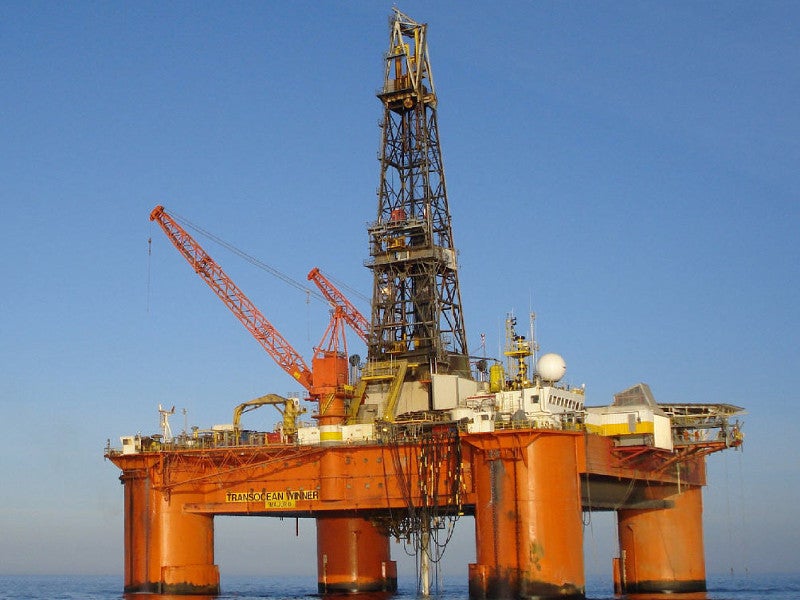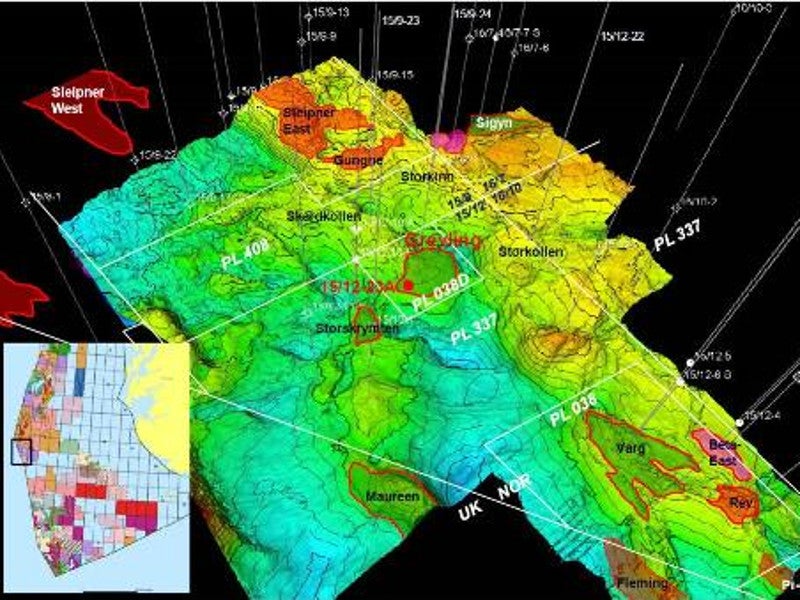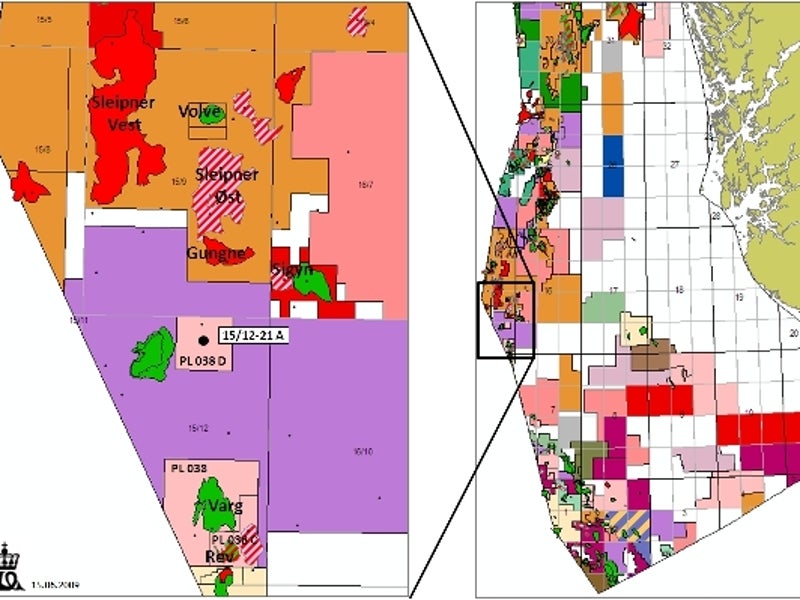Grevling oil field is located at a water depth of 90m in PL 038D licence area, approximately 15km south of the Sleipner Ost field in the central North Sea.
The oil field is jointly licensed by Okea (35%, operator), Petoro (30%), and Chrysaor Norge (35%). It is planned to be developed as a low-cost greenfield development.
The Norwegian Ministry of Petroleum and Energy approved the sale of a 20% interest in the field by Okea to Chrysaor in November 2019. The transaction increased Chrysaor’s participating interest to 55%.
The decision gate (DG) 1 phase of the field was completed in 2018. The project partners are currently working on a detailed concept select study for the field. The plan for development and operation (PDO) for the field will be submitted by the end of 2020, while production from the field is expected to begin by 2023.
Grevling oil field geology and reserves
Grevling oil field discovery lies above a giant salt structure.
The oil in the reservoir is present in Late Triassic to Middle Jurassic age sandstones situated in the formations of the Skagerrak, Sleipner, Hugin, and Bryne. Approximately 40 million to 130 million barrels of oil is estimated to be present in the discovery.
Grevling oil field discovery
The oil field was discovered in 2009 by the then operator Talisman Energy, which was acquired by Repsol in 2015. In 2017, Repsol relinquished the operatorship to Okea.
The field was discovered by drilling the exploratory well 15/12-21, using Maersk Guardian jack-up, approximately 16km north of the Varg field in the North Sea.
The well was drilled to a total vertical depth of 3,268m in Mesozoic sandstone reservoirs to encounter approximately 133m of gross hydrocarbon-bearing interval. A total oil column of 67m was found and the well was tested at the rate of up to 780 barrels per day (bbl/d).
A total of two zones were evaluated at 1,250 barrels of oil per day (bopd), which confirmed the commercial viability of the field.
Appraisal details of the Grevling oil field
The Grevling oil field was appraised by drilling a sidetrack well 15/12-21A, using Maersk Guardian in 2009.
A new well 15/12-23 and its sidetrack 15/12-23A were also drilled using Transocean Winner semi-submersible drilling rig in 2010. The appraisal wells were drilled to delineate the exploratory well.
The appraisal well 15/12-21A was drilled to a vertical depth of 3,702m below the seabed to encounter oil column at a total depth of 188m without any oil-water contact, in the same reservoirs as the exploratory well.
The 15/12-23 well was drilled to the south of the field to a vertical depth of 3,452m, to hit a 262m oil column in the formations of Sleipner and Skagerrak without oil-water contact.
The 15/12-23A sidetrack well, which was drilled west to the structure to a depth of 3,327m, encountered a 68m oil column to further delineate the discovery. The wells were then permanently plugged and abandoned.
Grevling oil field development details
Partners selected a mobile offshore production unit (MOPU) as the preferred option for the development. The field will be served by a jack-up rig with production facilities.
Grevling oil field development comprises subsea infrastructure development with modified FPSO vessel, tying back of the subsea to the existing facilities and associated subsea facilities.
The field will feature four horizontal producer wells and two horizontal water-alternating gas injectors. Multilateral wells are being considered to increase the exposure of the reservoir.
The licensing partnership is also studying gas injection for gas storage and supporting reservoir pressure. Artificial lift technology is expected to be used to increase the flow rates of the production wells.
The field will be developed together with the Okea-operated Storskrymten field under a joint development project. Storskrymten is located in PL974 licence area in the central North Sea. The fields are intended to be developed as standalone entities with a MOPU.
Contractors involved
Kanfa Group conducted the MOPU concept study for the development of the project in 2018. Maersk and Transocean provided drilling rigs for drilling the discovery and appraisal wells.




